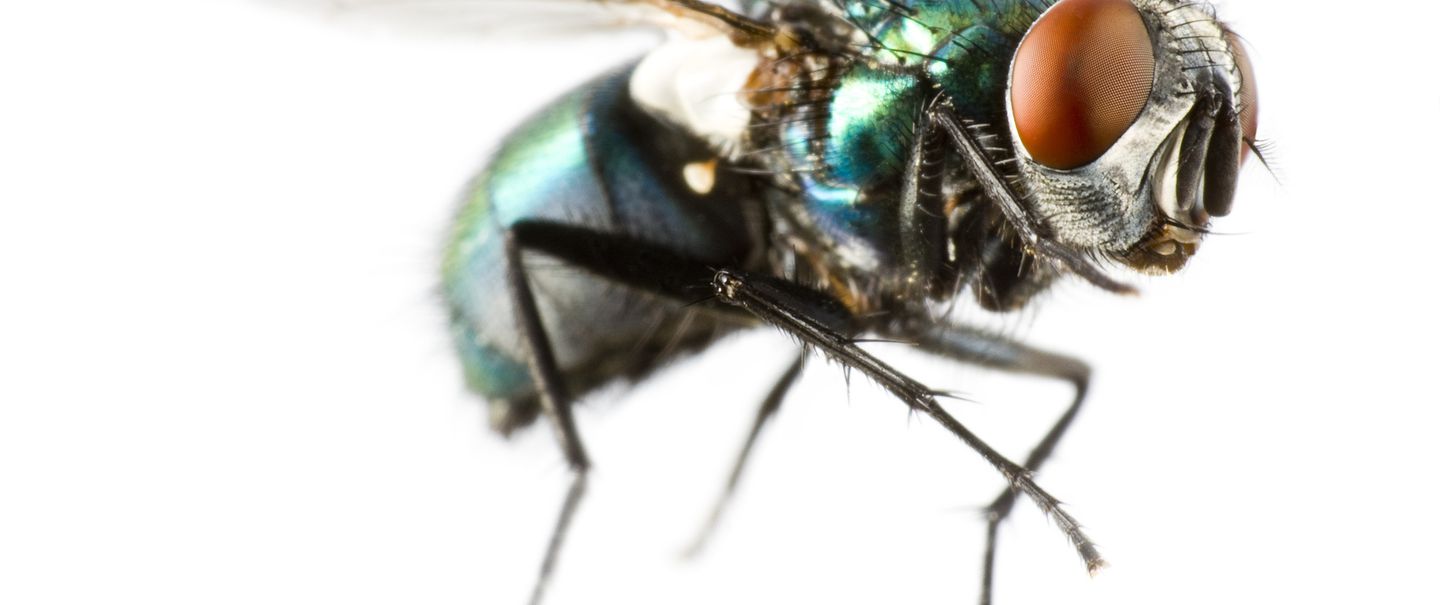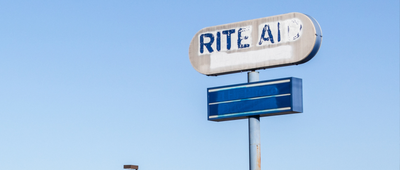From unrepentant buzzing around your head to annoyingly painful bites on your ankles, flies are a nuisance from their slimy, squirmy maggot beginnings to their fly-swatter spatter endings. But as obnoxious as those bites might be, they aren't the most dangerous act flies can deliver. The common housefly, the kind that doesn't bite, is detrimental to human health because its vomit carries disease, according to research from the University of Massachusetts Amherst.
Each time a synanthropic fly (the nonbiting type) feeds on something — whether that's a sandwich, roadkill, or animal feces — it fills its "crop." "The crop is like a gas tank,” says John Stoffolano, an entomology professor at UMass Amherst, “a place to store food before it makes its way into the digestive tract where it will get turned into energy for the fly.” Because the crop is meant for storage and not digestion, these flies need to empty it by a bubbling regurgitation, colloquially, vomit.
WHAT THE .... ?? #FlyVomit https://t.co/ceVP28uFS4 pic.twitter.com/kGLptbPB11
— Don O'Connor : Double Dosed + Boosted💉 (@DonnyoSpeaks) September 23, 2022
So how is that harmful to you? If a fly chooses to fill its crop from the steaming pile of you-know-what in your backyard and then flies in your kitchen window and lands on your dinner to empty its crop, guess what? You just ate what your dog ate, in a roundabout, disgusting way. To make matters worse, a fly's crop is where microbes develop antibacterial resistance, so what they release on your food might not respond to conventional treatments. “It’s the little things that cause the problems," Stoffolano says. "Our health depends on paying closer attention to these flies that live with us.” Translation: If you see a fly land on your lunch, think twice before saying, "Meh," as you shrug and take a bite anyway.








